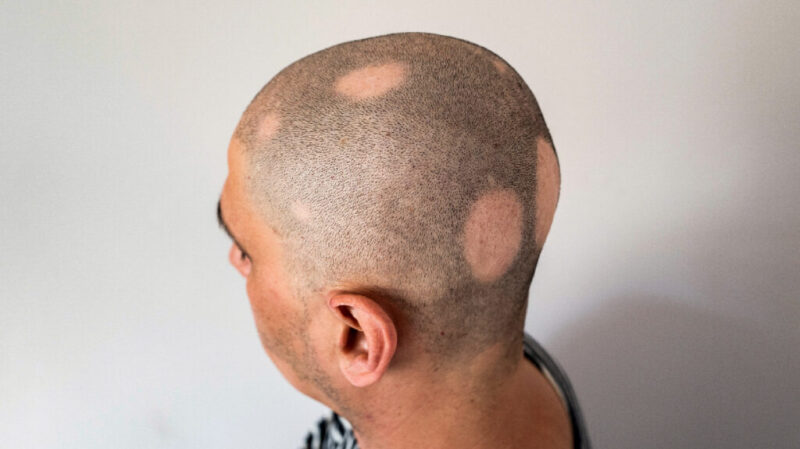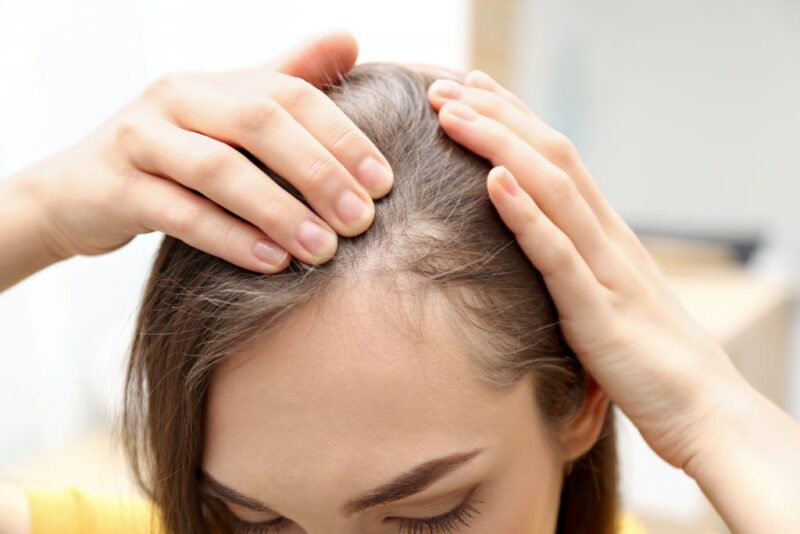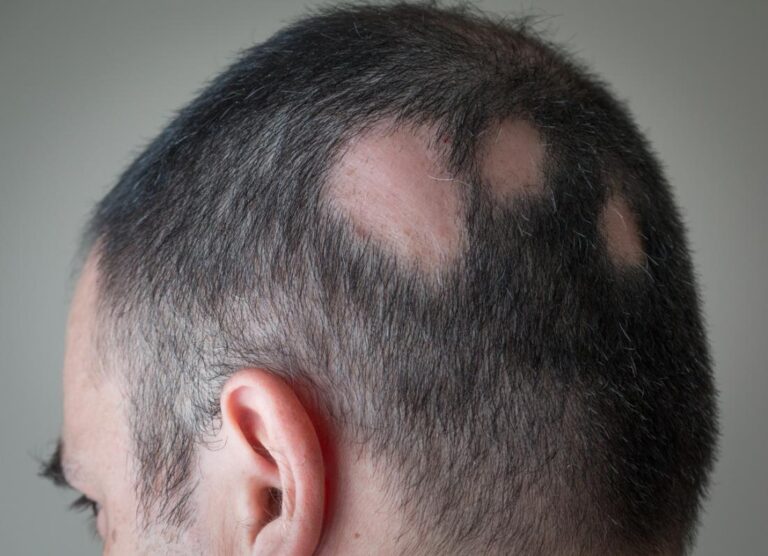Alopecia areata is a common autoimmune disorder that causes circular patches of hair loss on the scalp and other parts of the body. It can be an embarrassing and stressful condition, but it’s important to remember that you’re not alone. In this blog post, we’ll be exploring some tips and tricks to help you cope with alopecia areata. From ways to cover up the affected areas to treatments you can use to regrow your hair, read on for all the information you need about managing this condition.
What is Alopecia Areata?

This is an autoimmune skin condition that causes hair loss. Hair loss can occur on the scalp, face, and body. Alopecia areata is not contagious. There is no known cure for it, but there are treatments that can help regrow hair.
Alopecia areata occurs when the immune system attacks the hair follicles. This causes the hair follicles to shrink and stop producing hair. Hair loss usually starts with one or more small, round bald patches on the scalp. The bald patches may spread and become larger or cover the entire scalp. In some cases, it can also cause loss of eyebrow, eyelash, and body hair.
Treatment options include:
- Minoxidil (Rogaine): A topical solution that is applied to the scalp twice a day to help stimulate hair growth.
- Steroid injections: A corticosteroid injection is injected into the bald patches to help stimulate hair growth.
- Oral medications: Certain prescription medications can be used to help treat alopecia areata.
- Light therapy: Also known as phototherapy, light therapy involves the use of a special device that emits light to help activate hair growth.
Tips to Cover and Treat Alopecia Areata

- Wear a hat: Wearing a hat or scarf is an easy way to cover up patchy areas of baldness caused by alopecia areata. Choose a style that you feel comfortable wearing and that suits your facial shape.
- Invest in hair toppers and wigs: If you have more extensive hair loss, consider investing in hair toppers or wigs for small heads for extra coverage. Hair toppers clip onto existing hair and can help fill in thinning patches, while wigs provide full coverage for more severe cases of alopecia areata.
- Try topical treatments: There are several topical treatments available for treating alopecia areata. These include corticosteroid creams and lotions, which work by reducing inflammation around the hair follicles and stimulating regrowth. Minoxidil (Rogaine) is another option that can be applied directly to the scalp twice a day to help promote new hair growth.
Causes of Alopecia Areata

There are many possible causes of alopecia areata, but the exact cause is unknown. It is thought to be an autoimmune disorder, where the body’s immune system attacks the hair follicles. This can be triggered by a number of things, such as stress, illness, or changes in hormone levels.
Other possible causes include genetic factors and certain medications. In some cases, alopecia areata may be associated with other autoimmune disorders such as thyroid disease, vitiligo, lupus, and rheumatoid arthritis.
Conclusion
Alopecia areata can be tough to deal with, but it doesn’t have to keep you from living a full life. With the right strategies and treatments, you can take charge of your condition and give yourself the chance to look and feel great again. From topical medications to wigs and hair pieces, there is no shortage of ways to cover up alopecia areata or manage its effects. We hope this list has provided you with some insight into what options are available for treating alopecia areata – now all that’s left is for you to find the one that works best for you!

